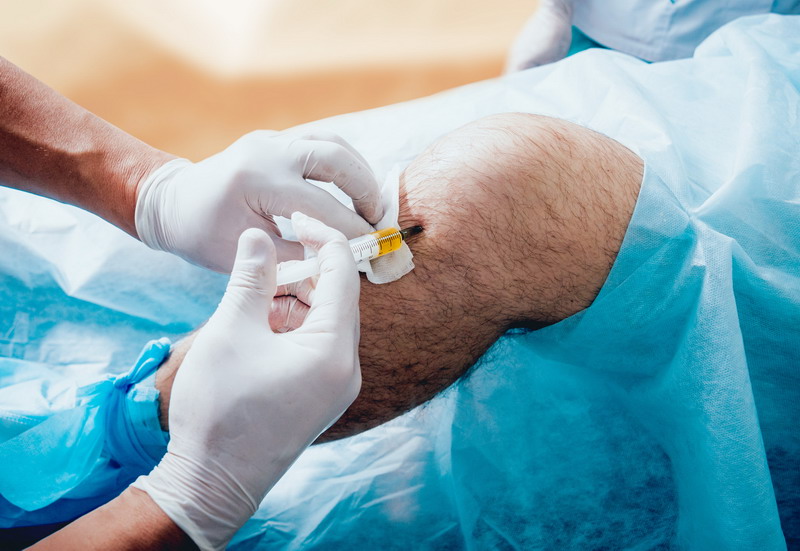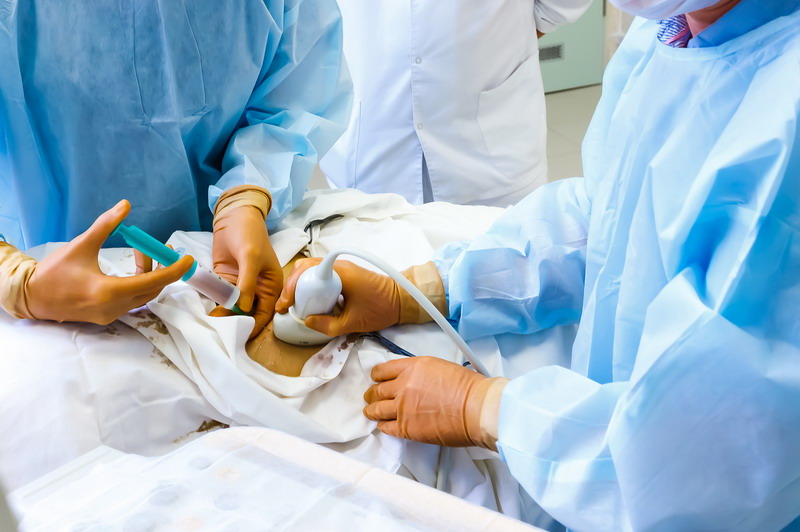It is our privilege to be able to train doctors in the proper use of platelet-rich plasma (PRP) therapy to treat orthopedic illnesses and diseases. Knowing that we are equipping doctors to offer a viable alternative to steroid injections and surgery makes what we do very worthwhile.
In light of the number of doctors we train every year, we feel as though we are part of what they do in some small way. It is with that in mind that we want to encourage doctors to do the right thing by their patients. We want to encourage them to give patients both sides of the story when consulting about PRP and stem cell treatments.
Our industry generally understands the power of both PRP and stem cells for promoting natural healing. We know that evidence in support of PRP therapy for musculoskeletal injuries is growing. But we also know that PRP therapy and other regenerative medicine procedures are like every other form of medicine in that they are not foolproof. They do not work for everyone.
Embrace All of the Data
We would expect a doctor offering PRP injections to show his/her patients data in support of the procedure. That data is not hard to come by. For example, one study from a group of researchers at Stanford University and the Lifemark Health Group in Toronto demonstrates that “abundant high-quality evidence supports the use of LR-PRP injection for lateral epicondylitis and LP-PRP for osteoarthritis of the knee.” The study, published in 2018, was a review of current clinical literature.
On the other hand, there is data suggesting that PRP injections aren’t appropriate for every musculoskeletal or orthopedic issue. A study just published in the American Journal of Sports Medicine demonstrates there is no evidence to suggest that PRP therapy is not a better option for patellar tendinopathy than other treatments.
The fact is we don’t know as much as we think we know about PRP therapy. So it’s best to give patients all of the data and let them decide for themselves. When doctors refuse to embrace both sides, they aren’t doing right by those they are treating.
Results Vary Among Patients
Showing patients all of the data is just the starting point. Even when doctors believe a given patient is an ideal candidate for stem cell or PRP therapy, an important part of the consultation is spending time discussing the reality that results vary among patients.
Quite frankly, failing to give patients a realistic idea of what they can expect is not limited to one form of medicine or another. It’s widespread throughout modern medicine. Far too many patients don’t understand that no particular treatment is capable of working miracles. They end up being disappointed after trying a treatment they put all of their hopes in.
Where PRP therapy is concerned, results vary even in terms of levels of success. Some patients walk away after just one injection feeling completely well again. Others require two or three injections to see the desired results. Still others only experience limited relief after finishing an entire course of treatment.
There really is no way to know for sure how a patient will respond. That’s not necessarily a bad thing, by the way. It is indicative of the whole philosophy behind regenerative medicine: that the body is capable of healing itself. If what we are doing through stem cell and PRP injections is encouraging the body to heal, each patient’s body will heal differently. Patients need to know that so they can make informed decisions.
Sources:








0 Comments